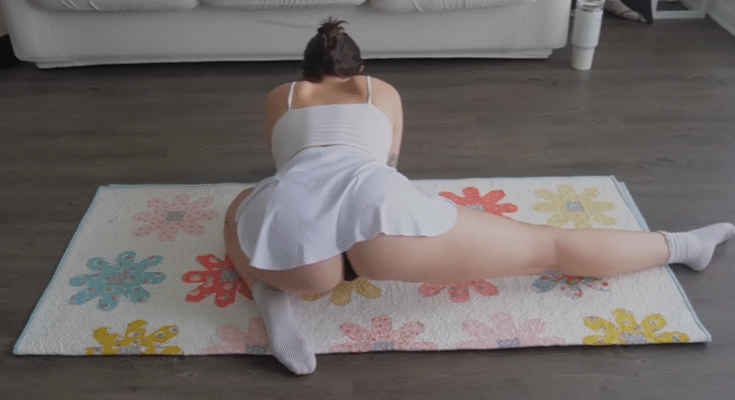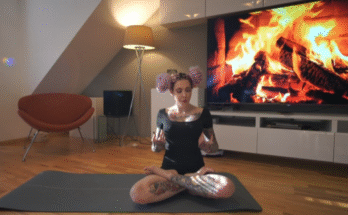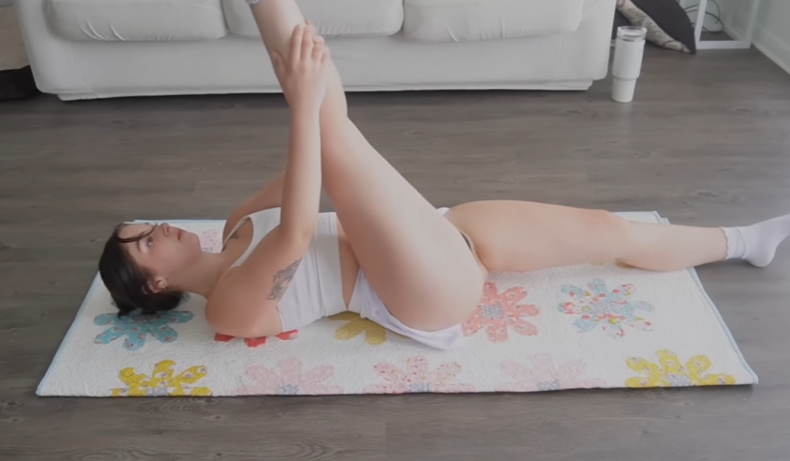
In today’s fast-paced world, many of us spend long hours sitting at desks, looking at screens, or moving from one responsibility to another without much thought for our bodies. Over time, this can lead to stiffness, reduced flexibility, and even chronic pain. A daily stretch routine is one of the simplest yet most effective ways to counteract these effects. By dedicating just a few minutes each day to stretching, you can improve mobility, increase circulation, and promote overall well-being.
This guide will walk you through the benefits of stretching, when and how to do it, and a set of stretches you can practice every day to keep your body supple and energized.
Why Stretching Matters
Stretching is more than just bending and reaching—it’s an essential part of maintaining a healthy body. Here are a few key reasons why you should make it a daily habit:
- Improves Flexibility – Regular stretching keeps muscles lengthened and joints mobile, making everyday movements easier and reducing your risk of injury.
- Enhances Circulation – Stretching increases blood flow to your muscles, delivering oxygen and nutrients that help with recovery and performance.
- Reduces Muscle Tension – Gentle stretches relieve built-up tightness, helping you feel more relaxed.
- Supports Better Posture – By releasing tight muscles, stretching helps your body align properly, especially if you spend much of your day sitting.
- Boosts Mental Well-being – Stretching can be a form of mindfulness, calming the nervous system and reducing stress.
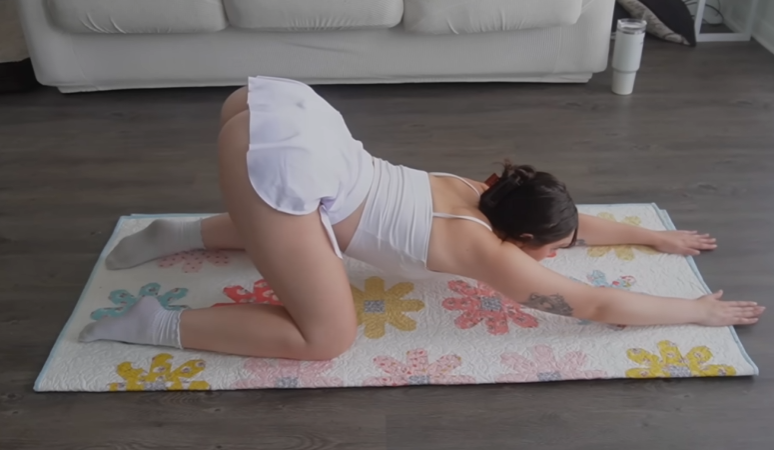
When to Stretch
While stretching can be done at any time, the approach changes depending on the time of day and your activity:
- Morning – Stretch to wake up your body and get the blood flowing. Focus on gentle, dynamic stretches to energize yourself.
- Before Exercise – Use dynamic stretches that prepare muscles for movement rather than holding positions for long periods.
- After Exercise – Incorporate static stretches to relax muscles, improve flexibility, and reduce soreness.
- Evening – Gentle static stretching before bed can help release tension and promote restful sleep.
How to Stretch Safely
Before diving into your daily routine, keep these safety tips in mind:
- Warm Up First – If you’ve been inactive, do a quick warm-up like brisk walking or marching in place for 3–5 minutes to get blood flowing.
- Don’t Bounce – Avoid “ballistic” stretching, which involves bouncing movements that can cause strain.
- Listen to Your Body – Stretch until you feel a gentle pull, not pain.
- Breathe Deeply – Avoid holding your breath; inhale and exhale slowly to help your body relax into the stretch.
- Be Consistent – Small amounts of stretching daily are more beneficial than long sessions done irregularly.
The 10-Minute Daily Stretch Routine
This routine targets all major muscle groups, making it ideal for daily practice. Spend about 30 seconds per stretch, repeating each 2–3 times if needed.
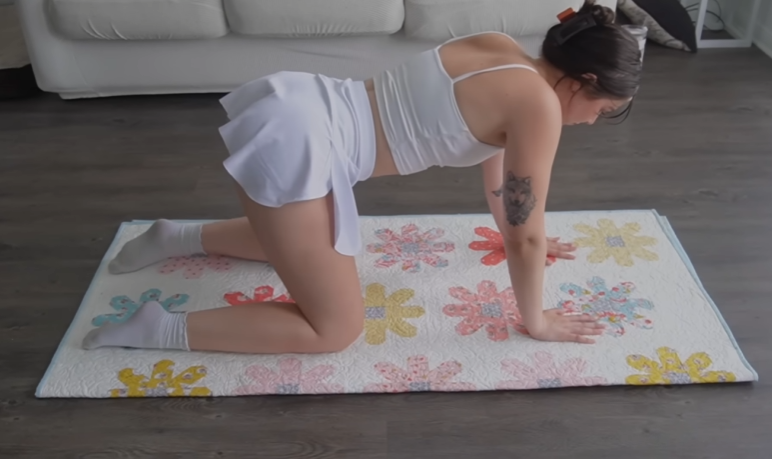
1. Neck Release
Targets: Neck muscles, upper traps
- Sit or stand tall.
- Slowly tilt your head to one side, bringing your ear toward your shoulder.
- Keep your shoulders relaxed and breathe deeply.
- Switch sides.
2. Shoulder Stretch
Targets: Shoulders, upper back
- Bring your right arm across your chest.
- Use your left arm to gently press it closer.
- Hold, then switch arms.
3. Chest Opener
Targets: Chest, front shoulders
- Stand tall and clasp your hands behind your back.
- Straighten your arms and gently lift your hands upward while opening your chest.
- Keep your chin parallel to the floor.
4. Cat-Cow Stretch
Targets: Spine, back muscles
- Start on hands and knees.
- Inhale, arch your back, lifting your head and tailbone (cow pose).
- Exhale, round your spine, tucking your chin (cat pose).
- Flow slowly between the two.
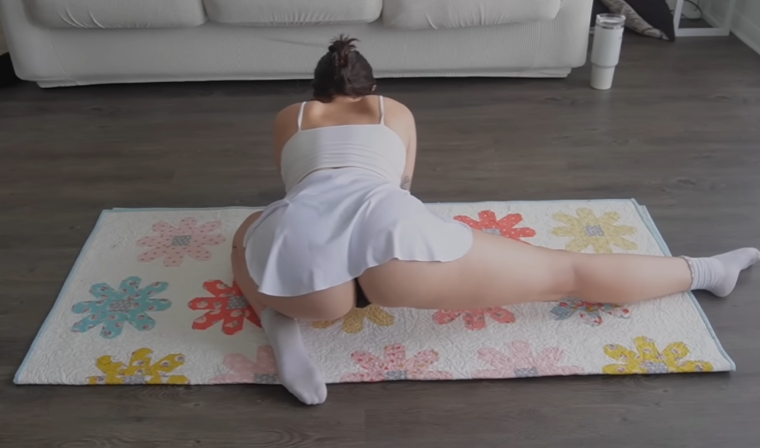
5. Side Stretch
Targets: Obliques, intercostal muscles
- Stand with feet shoulder-width apart.
- Raise your right arm overhead and lean to the left.
- Keep your hips square and breathe deeply.
- Switch sides.
6. Standing Forward Fold
Targets: Hamstrings, lower back
- Stand tall, then hinge at your hips, letting your upper body hang toward the floor.
- Slightly bend your knees if needed.
- Let your head and neck relax.
7. Seated Hamstring Stretch
Targets: Hamstrings, calves
- Sit on the floor with your right leg extended and your left foot resting against your inner thigh.
- Reach toward your right foot, keeping your spine long.
- Switch legs.
8. Quad Stretch
Targets: Quadriceps, hip flexors
- Stand and hold onto a wall or chair for balance.
- Bend your right knee, bringing your heel toward your glutes.
- Hold your ankle with your hand, keeping knees close together.
- Switch sides.
9. Hip Flexor Lunge
Targets: Hip flexors, thighs
- Step your right foot forward into a lunge, keeping your back knee on the floor.
- Press your hips forward gently.
- Switch sides.
10. Seated Spinal Twist
Targets: Spine, obliques
- Sit with your legs extended.
- Cross your right leg over your left, placing your foot flat on the floor.
- Place your right hand behind you and your left elbow on the outside of your right knee.
- Twist gently, then switch sides.
11. Child’s Pose
Targets: Lower back, hips
- Kneel on the floor, sit back on your heels, and extend your arms forward on the ground.
- Rest your forehead on the mat and breathe deeply.
12. Calf Stretch
Targets: Calves, Achilles tendon
- Stand facing a wall, placing your hands on it for support.
- Step one foot back and press the heel into the floor.
- Switch sides.
Tips for Making Stretching a Habit
Building a daily stretch routine is much easier when you make it part of your lifestyle:
- Tie it to an existing habit – For example, stretch right after brushing your teeth in the morning or before bed.
- Keep it short – Even 5–10 minutes can make a difference.
- Use reminders – Set phone alarms or sticky notes as prompts.
- Make it enjoyable – Play music, stretch outdoors, or combine it with mindfulness.
- Track your progress – Notice how your flexibility, posture, or mood improves over time.
A Final Word on Consistency
Like any healthy habit, stretching works best when done consistently. While you may not see immediate changes, over weeks and months, your body will become more flexible, your posture will improve, and your muscles will feel less tense. Think of stretching as a daily gift you give yourself—a small investment that yields long-term benefits for your body and mind.
Whether you’re an athlete, a desk worker, or someone simply looking to feel better day to day, a daily stretch routine is a powerful tool for wellness. Start today, keep it gentle, and listen to your body—you’ll thank yourself in the future.
